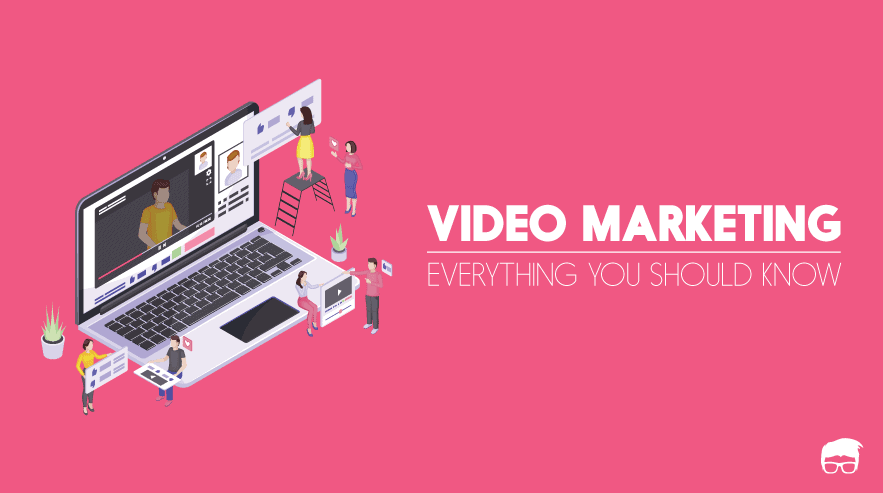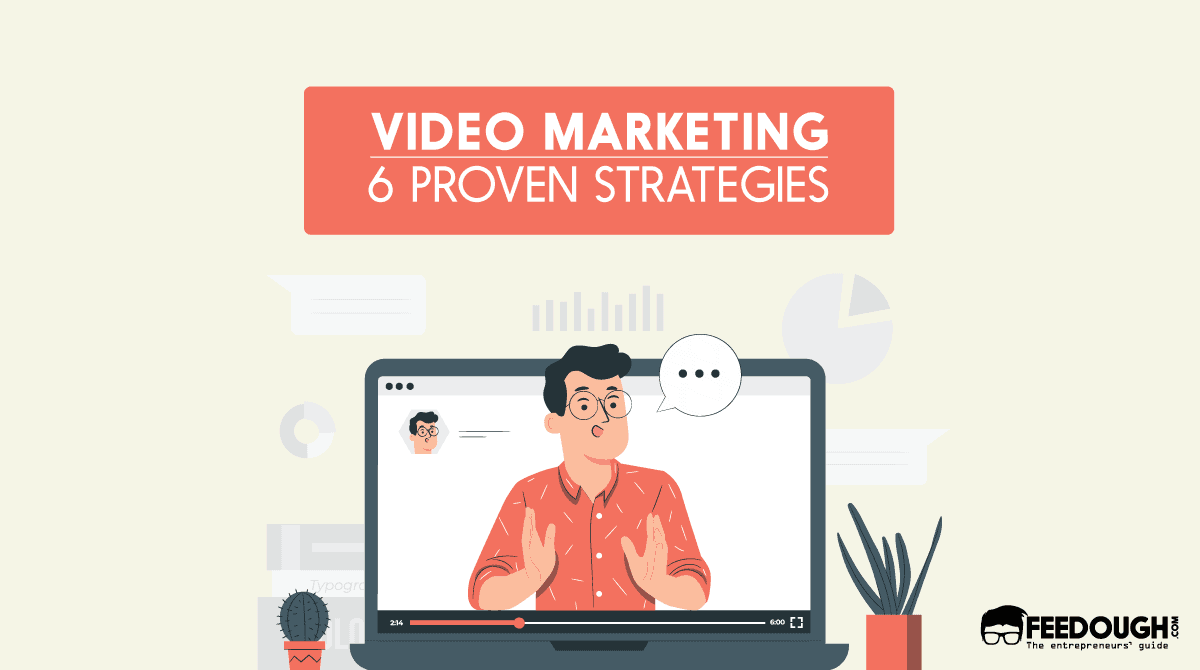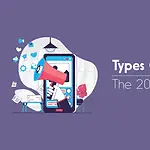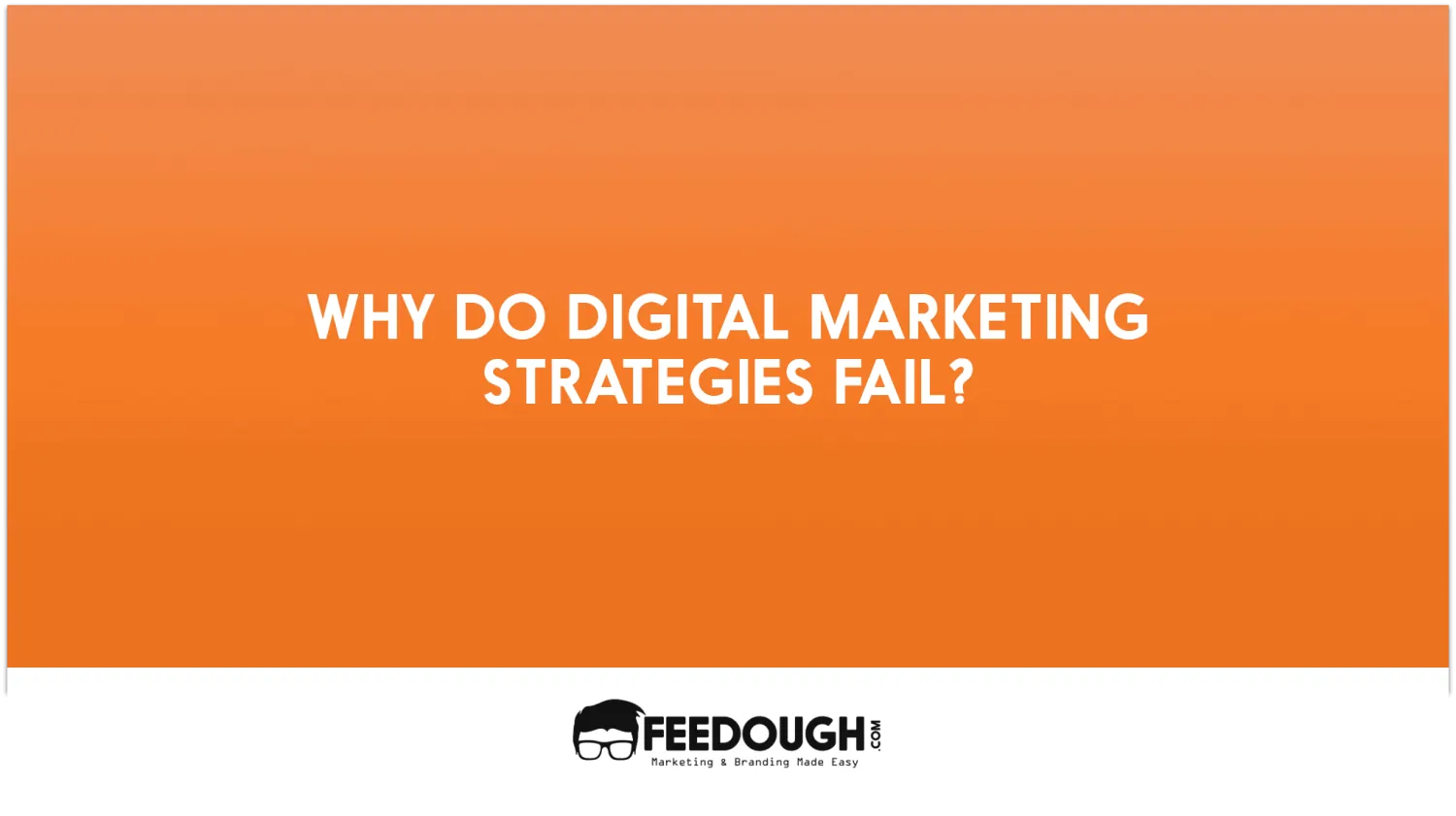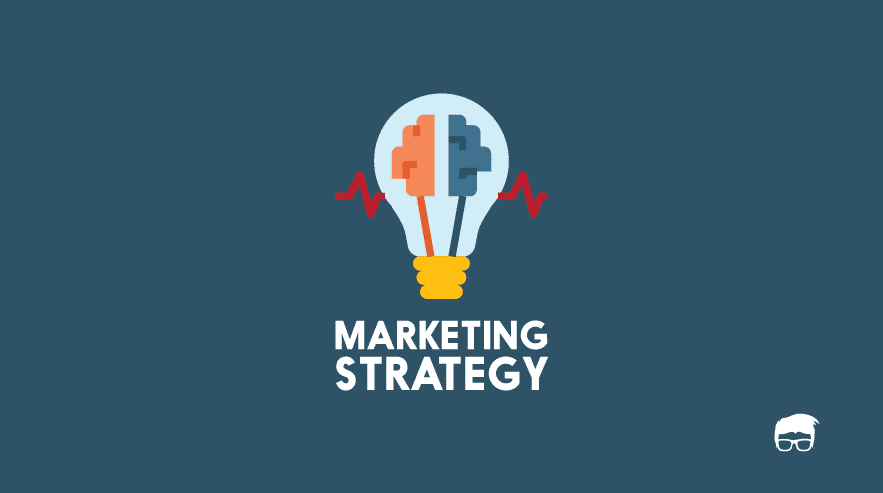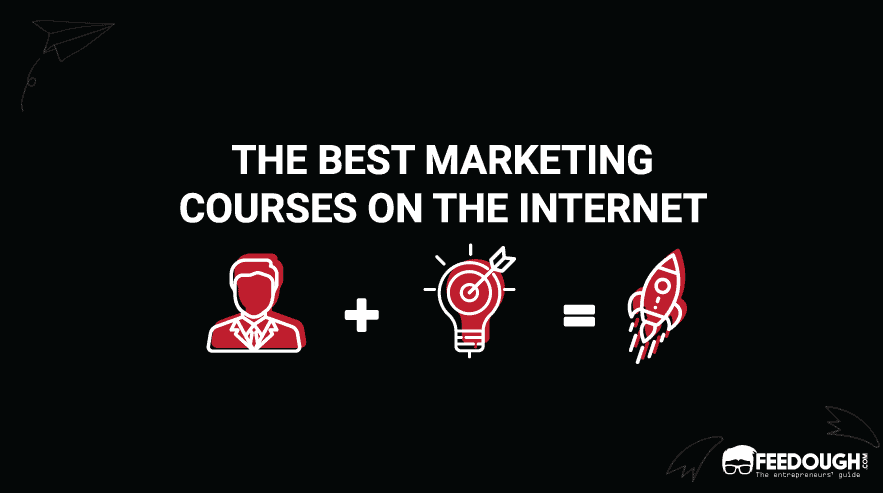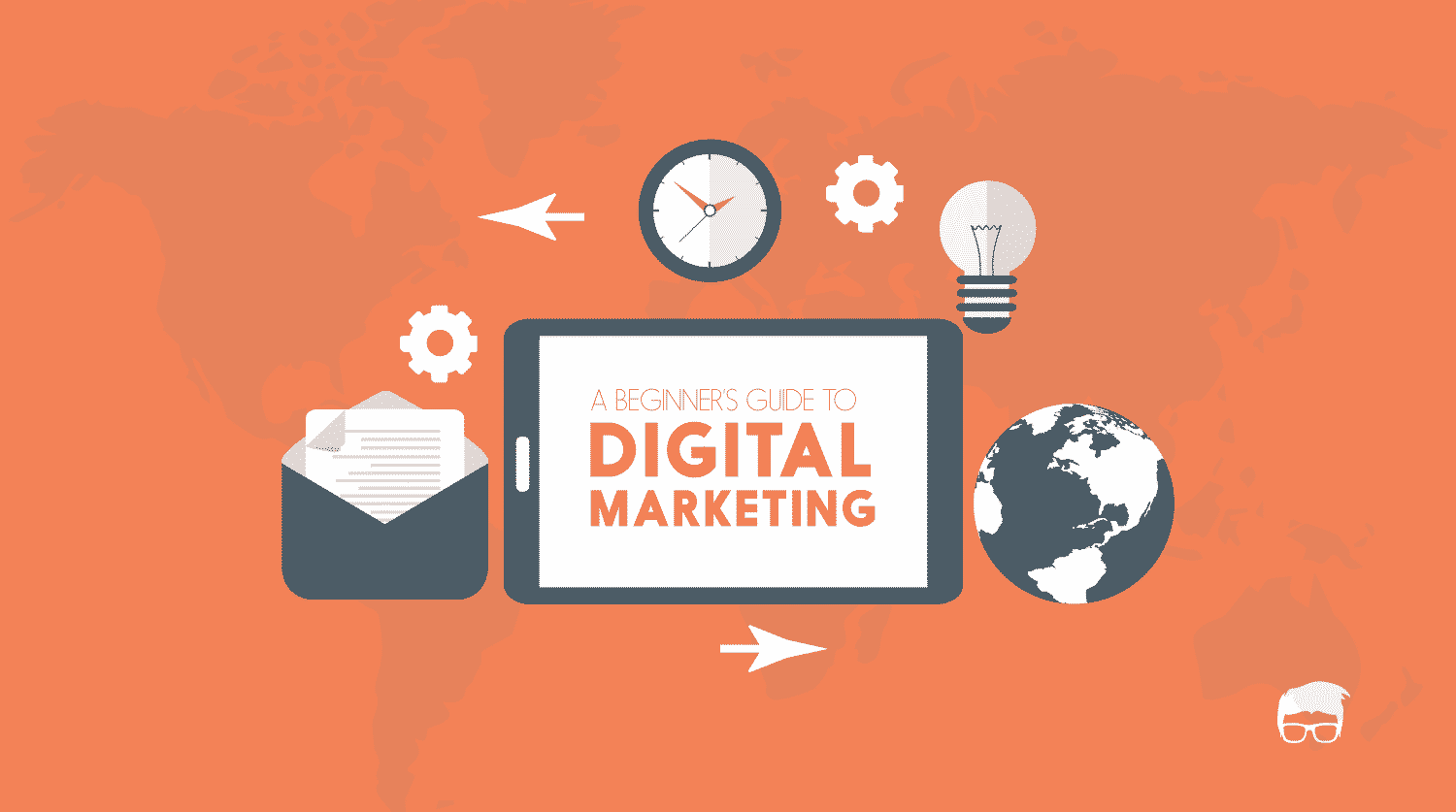87% of online marketers use video content in their digital marketing strategies.
If you’re among the remaining 13%, this article is definitely for you. But even if you’re among the 87%, read on as we break down the basics as well as the advanced aspects of video marketing and how to excel in it.
What Is Video Marketing?
Video marketing refers to the use of video to market or promote your brand or offering on digital channels.
In simple terms, when you use video to market your brand, product or service, engage on social media channels, educate your prospective and current customers, and interact with them, you’re said to be using video marketing.
Why Is Video Marketing Gaining Importance?
According to a survey by Wyzowl –
- 76% of the businesses which use video marketing believe that it results in a good ROI.
- 93% of businesses believe that it increases user understanding of their product or service.
- And 72% of businesses believe that it has improved the conversion rate of their website.
It’s not just the businesses who are inclined towards using video as a marketing device, customers are more willing to receive marketing messages in the form of videos too. According to a report from Hubspot Research, over 50% of customers prefer video over other types of content from a brand.
Videos have revolutionized how brands connect with customers. They have changed the way a brand sells, the way customers shop, the way consumers consume, and the way service teams maintain relations with the customers.
Businesses use videos on their landing pages (to explain how offering works and its benefits), social media posts (to engage with the audience), blogs (to retain more readers), and even in the emails (to support their marketing campaigns). Out of them, 83% believe their home page explainer video to be effective, 78% believe video on social media to be a great tactic, and 80% believe videos in emails bring in the required ROI.
Developing A Video Marketing Strategy
A video marketing strategy isn’t just about adding a video to market your offering. It involves careful selection, development, and placement of videos as separate assets or within existing marketing campaigns to get the most out of it.
But before we go on discussing how to develop a video marketing strategy, you should know the types of video content you use for the same.
Types Of Video Content
Video content used in video marketing strategies include but isn’t limited to –
- Product Demo: In-depth videos which explain the USP, features, and benefits of the products. It is designed in a way to showcase the utility customers will get after buying the offering.
- Interviews: Interview includes asking questions to a thought leader on a particular topic and posting its video online.
- Testimonials: Testimonials are videos of happy and/or renowned customers of the company expressing their appreciation and good experience with the company. This helps in increasing the confidence of prospective buyers.
- Event Videos: These videos cover the highlights of an event and usually forms a part of the event marketing strategy.
- Explainer Videos: Explainer videos are usually used to answer the FAQs related to the offering.
- How-To Videos: How to videos explain the how-to aspect of the offering and teach the new or existing customers on how to use the offering or any of its features.
- Vlog: Vlogs or video blogs are video versions of traditional blogs. Through vlogs, a business executes its marketing strategies using videos.
- Webinars: Webinars or web-based-seminars are live, web-based video conferences where the host uses an internet connection to connect with the audience of viewers and listeners worldwide and talk about a specific topic.
- Presentations & Talks: These include posting recorded videos of presentations and talks someone related to the business has organised, delivered, attended, or was a part of. Such talks (like Tedx) are much sought after video content on the internet.
- Tutorials: Tutorials are in-depth videos to teach the customers the intricacies of the offering or other offering business is affiliated with.
- Reviews: These are the reviews of the product or services posted by influencers and thought leaders, which result in altering the decisions of the viewers.
- Behind The Scenes: Many businesses often release behind the scenes videos which help them establish a closer relationship with the customers who get to experience what they usually don’t see in advertisements or TV.
- Live Videos: Live videos are videos related to the brand or offering that are streamed live either to showcase something important or to interact with the customers directly.
How To Do Video Marketing
There’s a lot that goes into video marketing. You need to plan what you have to make, for whom you have to make, how to make it, and how to reach the audience once it is developed.
Determine Your Goals
This is an essential step before anything actually begins.
Define what you want to achieve using videos. Is it more sales that you’re seeking? Or is it more social media followers? Viral marketing? Word of mouth marketing? More retained customers?
You need to be explicit when it comes to goals as different goals are supported with different video marketing strategies and produce different results. To increase sales, you might need to create a demo or explainer video which you can publish on your landing page. For viral marketing, however, you might need to develop a witty advertisement or a social media campaign with dedicated hashtags and a series of videos.
Most of the time, video marketing isn’t used as a stand-alone marketing strategy. But even if you do, make sure how you’re going to measure the ROI.
Plan Your Video(s)
Once the goal is set, you need to plan your video(s) next. Determine and define your –
- Target audience: The target audience constitutes the people whom the video is developed for. They can either be your existing customers, prospective customers, or other people who influence the decisions of your customers or prospective customers. Knowing your target market is important as it helps you to develop the video message.
- Video Message: What will the video be about? Video message makes it clear for the internal audience what the brand wants to showcase or communicate to the target audience.
- Video platform: Different video platforms have different value propositions. While some (like Vimeo) let you seamlessly embed your videos on different platforms, some are great for SEO (YouTube), and some (Facebook) helps you target the people on social media. You can either choose a single platform or a mix of other platforms to host and share your videos.
- Budget: Budget is an important factor that guides other decisions related to video development and marketing.
- Script: The script becomes the base of the video and is a big reason behind the success or failure of the video marketing strategy.
- Video Type: Defining the type of video is vital as it decides how the video is developed, posted, and marketed. Live videos usually involve shooting and posting at the same time, while explainer videos may use animations along with other shots and can take a lot of edits. Deciding upon the video type earlier makes it easy to determine the creative requirements, timeline, and other video requirements.
- Creative Requirements: These depend on the type of video. It may include costumes, location permissions, digital assets, etc.
- Plan of action: It states what is to be done at what time. It simplifies the strategizing and execution.
- Other requirements: Other video-specific requirements that are needed to be planned in advance.
Develop Your Video(s)
This stage involves shooting the video, adding fx, background score, voice-over, and everything that’s required to convert the written script into moving frames.
This stage often involves taking the help of a third party either to shoot the video or develop the animations for you. But if you want to do it yourself, here are some tools to help you with the same –
- Invideo: A fast-growing video editing SAAS with thousands of templates for every type of video possible.
- Wave.video: A really simple drag-and-drop online video editor for you to develop videos for your social media channels, Youtube channels, and other channels.
- Animoto: A cloud-based video editing SAAS that you can use to create videos online using thousands of templates and features.
- Placeit: Placeit is a very easy-to-use drag-and-drop video development platform with templates for almost every type of video, from Instagram stories to promo videos to Facebook ads.
- Envato: Envato elements is a subscription service for video creators, that provides you with hundreds of thousands of digital assets.
Market Your Video(s)
Even though videos are considered to be a great asset when it comes to marketing, you need to market them too.
If you upload it on YouTube or your website, focus on the SEO. If you chose Instagram or Twitter as your preferred platform, use relevant hashtags. You can even share it on other social media platforms like Reddit or Tumblr or run an ad for the same (video ads perform better than image ads) which can help you get more traction to fulfil your goals.
Examples Of Video Marketing
In this era where videos are already dominating the digital world, you’ll see an example of video marketing every time you access your social media profile, open a SAAS website you use for work, or just search YouTube. Here are some known examples for your reference –
Landing Page
Vimeo stands tall when we talk about videos on a landing page. The platform has cleverly integrated videos to give a demo of Vimeo player and why it is a good choice for B2B businesses.
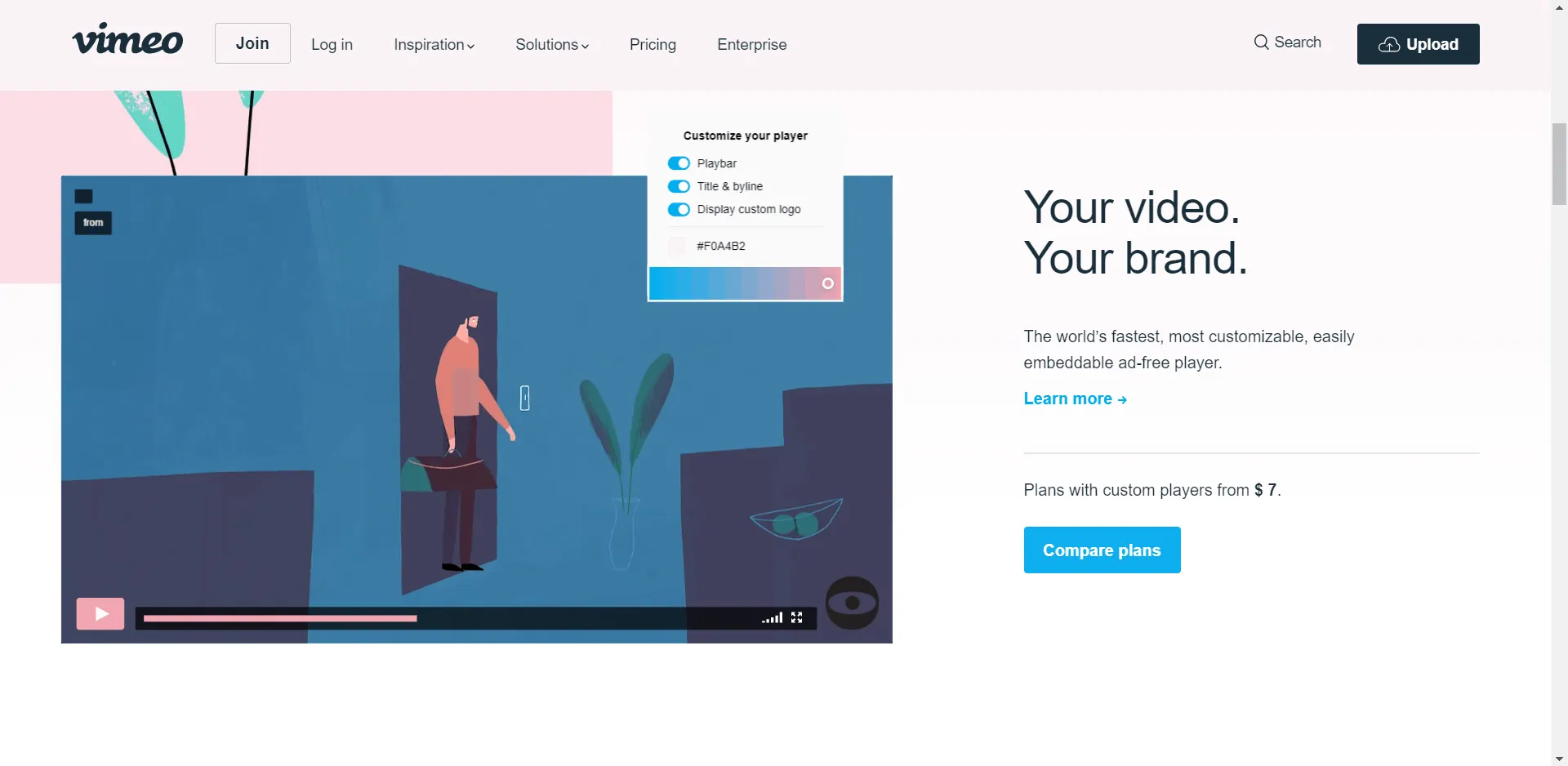
Explainer Video
If you use WhatsApp on your desktop browser often, you would have noticed the explainer video on their web.whatsapp.com page which explains how to scan the QR code with your phone and use WhatsApp on your desktop.

Social Media Campaign
A few years back, Always won over the internet with their #LikeAGirl campaign. They chose a controversial topic and developed a video with a compelling message which capitalized on viral marketing.
Vlog
Hubspot runs a vlog called Hubspot Academy where it teaches the intricacies of inbound marketing. This is a great content marketing strategy that makes the use of video marketing to increase brand exposure.
Live Video
Facebook went live with its F8 conference where Mark Zuckerberg revealed many of the new features and plans of Facebook. The video was further boosted as an ad and resulted in over a million viewers.
Bottom-Line?
As you can see, you can’t undermine the growing importance of videos in marketing and video marketing as a whole. If you are in the game using videos, make sure you do it better than your competitors, and if you’re new to the game, make sure to learn and research before you play your shots.
Go On, Tell Us What You Think!
Did we miss something? Come on! Tell us what you think about our article on video marketing in the comments section.
A startup consultant, digital marketer, traveller, and philomath. Aashish has worked with over 20 startups and successfully helped them ideate, raise money, and succeed. When not working, he can be found hiking, camping, and stargazing.
